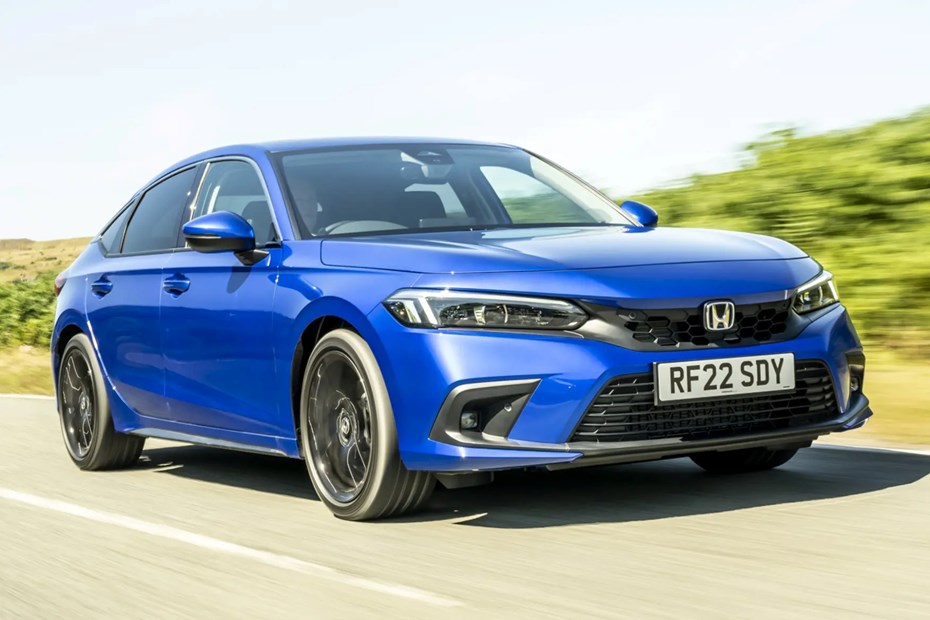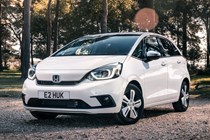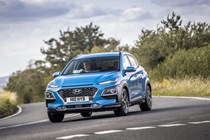A hybrid car uses both an electric motor and a combustion engine to provide drive. Most are based around a four-cylinder petrol engine – and the best hybrid cars promise far better fuel economy figures than you’d get from an equivalent non-electrically assisted petrol engine.
Cars like the Toyota Prius and Honda Insight pioneered hybrid technology in the late 1990s. Since then, hybrid systems have exploded in popularity, moving from a curiosity for the eco-conscious to the default option in a lot of car manufacturer’s engine line-ups.
Hybrid cars come in three main forms. A mild hybrid features a tiny electric motor connected to the engine’s crankshaft that assists it under heavy loads. It harvests energy that would otherwise be wasted when the engine decelerates and stores it in a small battery to be used later. However, the electric motor doesn’t produce enough power to drive the car alone.
The next rung on the ladder is a self-charging hybrid. These have larger electric motors (mounted to either the gearbox or one of the axles) and bigger battery packs. Like a mild hybrid system, they also harvest energy under deceleration but, because they’re more powerful, they can propel the car over short distances without burning any fuel. The best can manage a couple of miles of town driving before the petrol engine needs to be engaged.
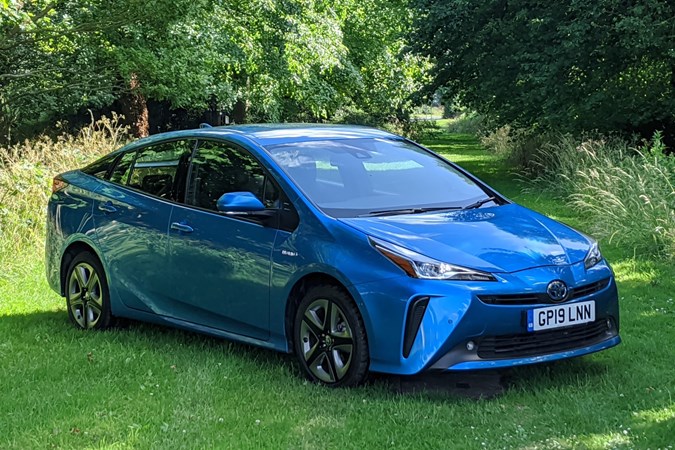
The most extreme hybrid car you can buy is a plug-in hybrid (PHEV). Like self-charging hybrids, these have powerful electric motors – but they also have enormous battery packs that can store enough electricity to complete the average commute on electric power alone.
They’re the stepping-stone between combustion cars and pure-electric cars, with the best offering fuel economy figures of more than 200mpg and pure-electric ranges of more than 50 miles. PHEVs aren’t without their drawbacks, though. Those large batteries make them heavy and, to achieve those impressive economy figures, you need to plug them into the mains every night.
On this page, we’ll explain how a traditional, self-charging hybrid car works and walk you through the pros and cons. If you need the low-down on the other types of hybrid system, follow the links above to our dedicated explainer pages on mild hybrid and plug-in hybrid cars.
How does a hybrid car work?
A self-charging hybrid car’s powertrain can work in one of three ways. The petrol engine can drive the wheels by itself; the electric motor can drive the wheels by itself or the two power sources can work in tandem to power the car together.
Most hybrid systems prioritise electric power at slow speeds, as that’s where the electric motor provides the most benefit. Normally, the electric motors fitted to hybrid cars aren’t as powerful as those found on pure-electric cars, which means they quickly run out of steam once you get above around 30mph.
Once the hybrid car is up to speed on a faster road, the motor takes on a supporting role. It assists the petrol engine for better fuel economy. The electric motors found on the best hybrid systems can fill in the gaps where the petrol engine isn’t performing at its best, such as between gearchanges or in the dead spot in the rev range before the engine produces its peak power.
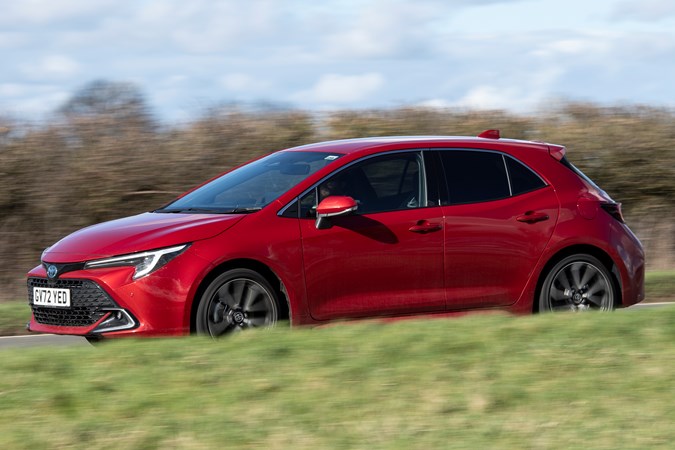
A self-charging hybrid system’s battery pack can be topped up in two ways. The first is through recuperation. When decelerating, the motor works like a generator, harvesting the kinetic energy that would have otherwise been wasted as heat in the car’s friction brakes.
Hybrids can also use their petrol engines to recharge their batteries. Normally, they recharge when you’re on a fast stretch of road, clawing back some electrons from the car’s alternator or through recuperation when you lift off the throttle down a gentle hill. However, if the battery is very depleted, they can recharge when stationary, which will result in a temporary spike in engine revs.
The benefits of hybrid cars
The biggest benefit of owning a hybrid car is the improved fuel economy. For example, a Toyota Corolla hatchback can muster 60mpg without any serious fuel-saving effort from the driver. That’s diesel-rivalling levels of frugality – just with fewer harmful particulate and NOx emissions. And you can get that impressive economy figure on a short hop across town, whereas a diesel needs to warm up completely before it can perform at its best.
A petrol hybrid car also does without a diesel’s complex and often fragile emissions control systems. Diesel particulate filters can easily become clogged if the car is only used on short journeys, which is a problem you won’t have with a petrol-hybrid system. Speaking of emissions, a hybrid car’s CO2 output is also normally much lower than that of an equivalently sized pure-petrol car.
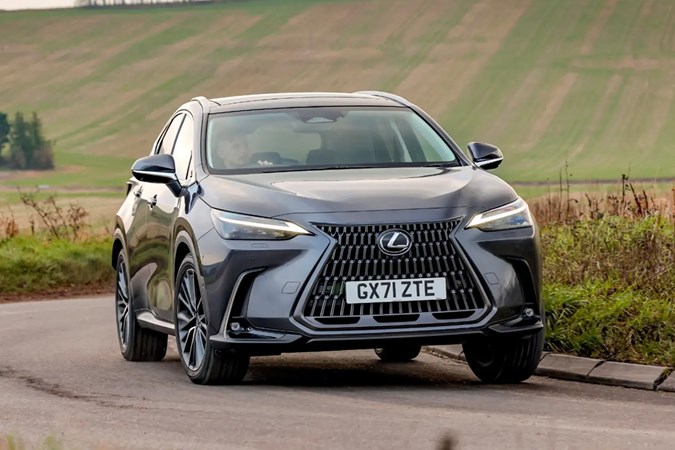
You might think that adding the complexity of a battery pack and electric motor would make hybrid cars unreliable, but the opposite has proven to be true. Just look at London’s fleet of Toyota Prius Uber taxis. Most are still running perfectly with half a million miles on the clock. If that isn’t a good enough endorsement of the technology’s reliability, we don’t know what is.
The drawbacks of hybrid cars
Most hybrid cars are boring to drive. Yes, there are exceptions to the rule (such as the utterly brilliant eleventh-generation Honda Civic), but most make the driver feel disconnected from the car and the road because of the sheer level of technology on board.
Normally (and we’re looking at you, Toyota), this disconnected sensation can be blamed on one part – a continuously variable transmission. CVTs are great at delivering power smoothly and they’re useful when trying to extract the best fuel economy from an engine. But, because they don’t have any gears, they’re irritating for keen drivers to use as the position of your foot on the throttle is completely unrelated to the engine’s revs.
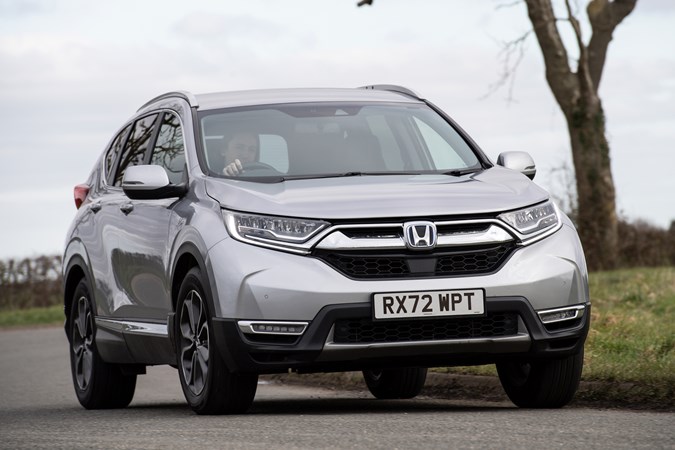
Hybrid cars can sometimes suffer from reduced practicality. The battery pack and electric motor need to go somewhere – and manufacturers often choose to bung them under the boot floor, which reduces its capacity for luggage. Hybrid cars are also more expensive than petrol cars – but these days, they’re usually no pricier than an equivalent diesel.
The biggest issue for environmentalists is that a self-charging hybrid only has a small electric range and, while their fuel economy figures are impressive, they still need to burn petrol to work. So, while it’s a step in the right direction, it isn’t the huge leap forward we need to halt climate change.
And what about range-extender hybrid cars?
Range-extender hybrids are very rare. Like a self-charging hybrid, they have a petrol engine, a battery pack and an electric motor – but the petrol engine isn’t directly connected to the wheels. Instead, it always works as a generator, producing electricity to feed the electric motor.
The last staunch range-extender on the market was the BMW i3 – but that’s now only available as a used car. In fact, the only mainstream manufacturer that’s dabbling with the technology these days is Honda. The Honda Jazz and Honda Civic both use a version of the brand’s e:HEV powertrain, which primarily uses its petrol engine to charge a battery and power electric motors.

However, because the petrol engine in Honda e:HEV system can also be used to power the wheels, it can’t be classified as a strict range extender vehicle. The engine is directly coupled to the wheels through a clutch when you push the pedal to the floor, so it’s better to think of it as a self-charging hybrid car without a gearbox.
Should I buy a hybrid car?
Certainly. There’s nothing that should stop you. Today’s hybrid cars are efficient, pleasant to drive and come in a wide variety of body styles to suit any owner. If you need some inspiration, check out our lists of the best hybrid SUVs or the best hybrid estate cars. If you’re a tradie, we’ve even compiled a list of the best hybrid vans.
Keen drivers and those who prefer manual gearboxes should look elsewhere, though. Unless you have an enormous budget, you probably won’t find a hybrid car that can entertain you in the same way as a rag-top Mazda MX-5 or an old Nissan 350Z. Those that regularly drive long distances should also stick to diesel, as it’ll be more efficient on the motorway.
Alternatively, if you have somewhere convenient to charge up, you could opt for a plug-in hybrid car instead. Used correctly, a PHEV has the potential to cut your fuel bills down to nearly zero. Or, if you only need to get around your local area, consider taking the plunge and going fully electric.
Just so you know, we may receive a commission or other compensation from the links on this website - read why you should trust us.


